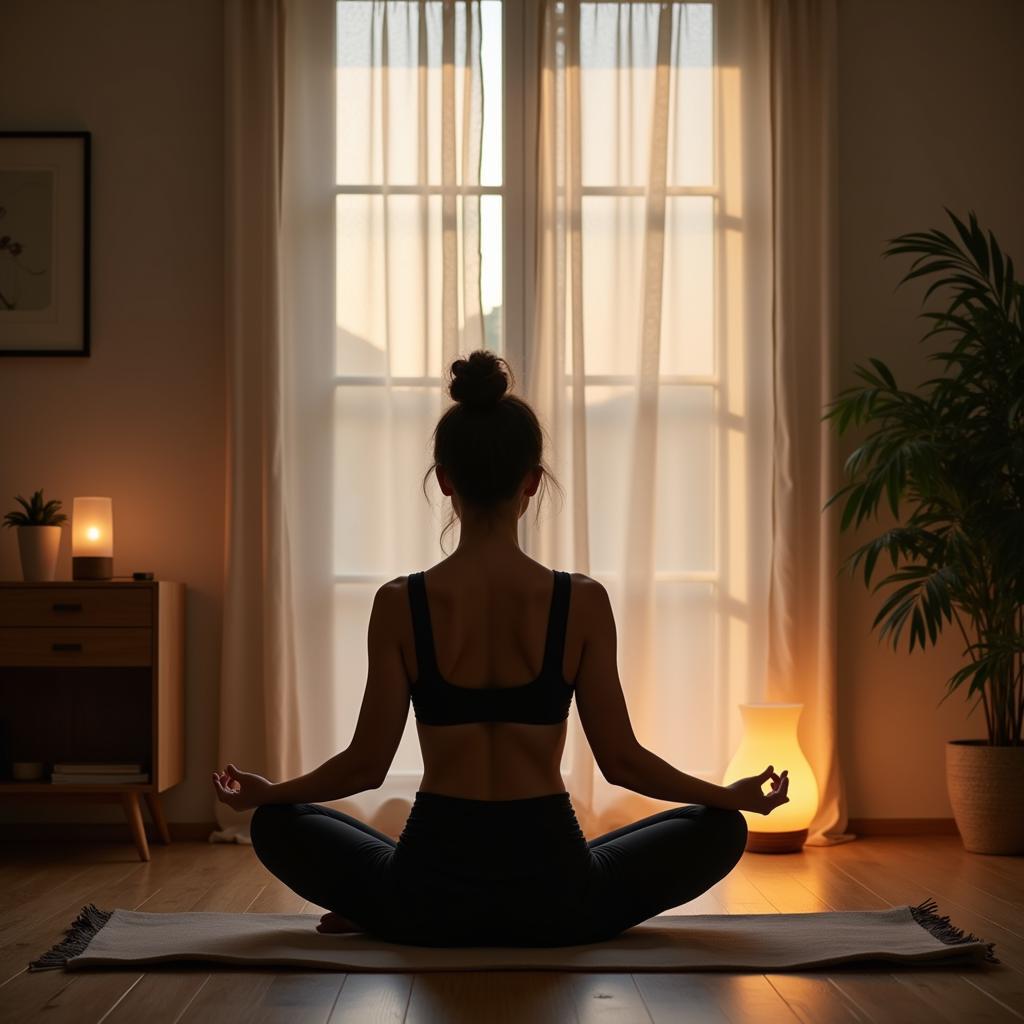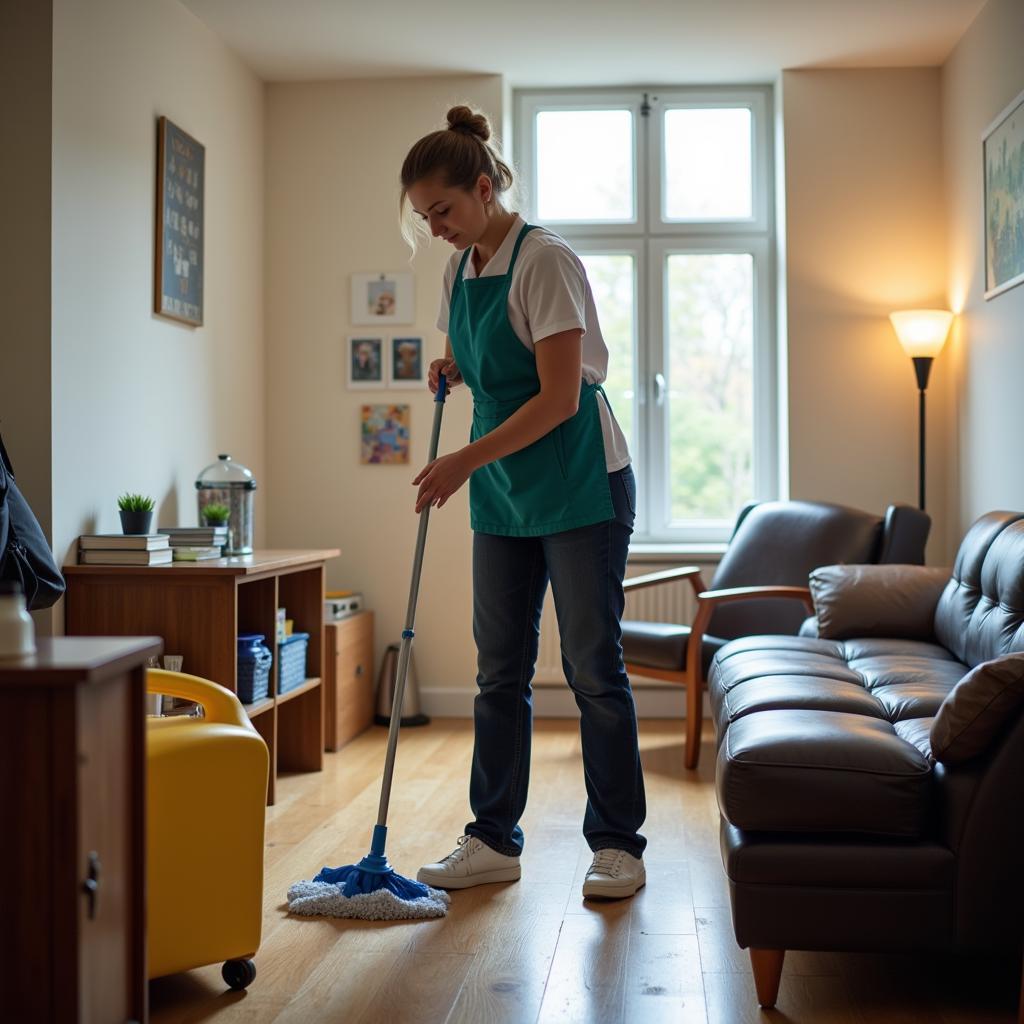Quiet rooms in mental hospitals are designed to provide a calming and therapeutic environment for individuals experiencing emotional distress or sensory overload. These spaces offer a refuge from the stimulation of a general ward and can play a vital role in de-escalation and recovery. Finding the right environment for mental wellness is crucial, and understanding the role of a quiet room can be a significant step in that journey. Learn more about when to go to the hospital for anxiety.
What are Quiet Rooms in Mental Hospitals?
Quiet rooms are designated spaces within mental health facilities intended to offer a low-stimulation environment for patients. They are typically furnished with comfortable seating, minimal décor, and soft lighting to promote relaxation and reduce anxiety. Unlike seclusion rooms, quiet rooms are not typically locked and patients are free to leave as needed. The goal is to provide a space where individuals can regulate their emotions and regain a sense of control. You can deliver flowers to hospital to brighten a loved one’s day.
The Benefits of Quiet Rooms
- Reduced Sensory Input: The minimized stimuli in a quiet room can help individuals experiencing sensory overload to regain focus and manage their emotions.
- Emotional Regulation: The calm environment supports self-soothing techniques and allows patients to work through difficult emotions.
- De-escalation: Quiet rooms can provide a safe space for individuals experiencing heightened emotional states to de-escalate and prevent potential crises.
- Enhanced Self-Awareness: The quiet solitude can encourage introspection and help individuals better understand their emotional triggers.
How Quiet Rooms Differ from Seclusion Rooms
It is essential to distinguish quiet rooms from seclusion rooms. While both offer a controlled environment, their purpose and usage differ significantly. Quiet rooms are designed for voluntary use and offer a therapeutic space for self-regulation. Seclusion rooms, on the other hand, are typically used as a last resort in crisis situations and may involve involuntary confinement for the safety of the patient and others. The use of seclusion rooms is heavily regulated and monitored due to potential risks. Understanding these differences helps to dispel misconceptions surrounding quiet rooms and their role in mental health care.
Choosing the Right Mental Health Facility
Selecting the appropriate mental health facility is a critical decision. Consider factors such as the facility’s philosophy, treatment approaches, and the availability of specialized services. Researching different options and speaking with mental health professionals can help you make an informed choice.
When are Quiet Rooms Used?
Quiet rooms are utilized in various situations within a mental health setting. They can be helpful for individuals experiencing anxiety, panic attacks, sensory overload, or emotional distress. They can also be used as a space for therapeutic activities such as meditation, mindfulness exercises, or simply quiet reflection. Understanding when these rooms are most effective can maximize their therapeutic benefits. Thinking about having hospital coffee cups? Consider sending a thoughtful gift.
Creating a Calming Environment at Home
While quiet rooms are specifically designed for mental health facilities, creating a similar calming space at home can be beneficial for managing stress and anxiety. Consider designating a quiet corner in your home with comfortable seating, minimal distractions, and soft lighting. This space can serve as a personal retreat for relaxation and emotional regulation. Think of it as your own personal quiet room.
 Creating a Calming Environment at Home: Relaxation Techniques
Creating a Calming Environment at Home: Relaxation Techniques
“Creating a dedicated quiet space, even at home, can be a powerful tool for managing stress and promoting mental wellness,” says Dr. Emily Carter, a renowned psychiatrist specializing in anxiety disorders. “It provides a sanctuary for introspection and emotional regulation, allowing individuals to regain a sense of calm and control.”
Finding the Right Quiet Room for You
Not all quiet rooms are created equal. Different facilities may offer variations in design, amenities, and access. When considering a mental health facility, inquiring about their quiet room provisions can be helpful in making an informed decision. If you are looking for information about Henryton Mental Hospital, you can find resources online.
Maintaining a Therapeutic Environment
Maintaining a therapeutic environment within a quiet room is crucial for its effectiveness. This includes ensuring cleanliness, minimizing disruptions, and respecting the privacy of those using the space. Creating a supportive and respectful atmosphere contributes to the overall healing process. Learn more about the Kennestone Hospital visitor policy.
 Maintaining a Therapeutic Environment: Quiet Room Cleanliness
Maintaining a Therapeutic Environment: Quiet Room Cleanliness
“The environment plays a crucial role in the therapeutic process,” explains Dr. Michael Davis, a leading expert in environmental psychology. “A clean, calm, and respectful environment can significantly enhance the effectiveness of therapeutic interventions and promote a sense of well-being.”
In conclusion, quiet rooms in mental hospitals offer a valuable resource for individuals seeking solace and emotional regulation. Understanding their purpose, benefits, and proper usage can help maximize their therapeutic potential and contribute to a positive recovery journey. Finding the right quiet room can be a significant step towards achieving mental wellness.
FAQ
- Are quiet rooms locked? Typically, no. Quiet rooms are designed for voluntary use and patients are free to leave as needed.
- How long can someone stay in a quiet room? There is no set time limit, but the duration of stay is typically determined by the individual’s needs and in consultation with staff.
- What if someone becomes agitated in a quiet room? Trained staff are available to monitor and assist individuals in quiet rooms.
- Are quiet rooms available in all mental health facilities? While becoming increasingly common, not all facilities offer quiet rooms. It’s essential to inquire about their availability when considering a facility.
- Can family members visit someone in a quiet room? Visitor policies vary depending on the facility and the individual’s treatment plan.
- Are there alternatives to quiet rooms for managing emotional distress? Yes, various therapeutic interventions, such as mindfulness exercises and relaxation techniques, can be used in conjunction with or as alternatives to quiet rooms.
- What is the difference between a quiet room and a sensory room? While both aim to create a calming environment, sensory rooms are specifically designed to engage and regulate the senses through various stimuli, while quiet rooms focus on minimizing stimulation.
Contact Us
For any support, please contact us at Phone Number: 02437655121, Email: [email protected] Or visit us at: 298 Cau Dien Street, Minh Khai, Bac Tu Liem, Hanoi, Vietnam. We have a 24/7 customer service team.